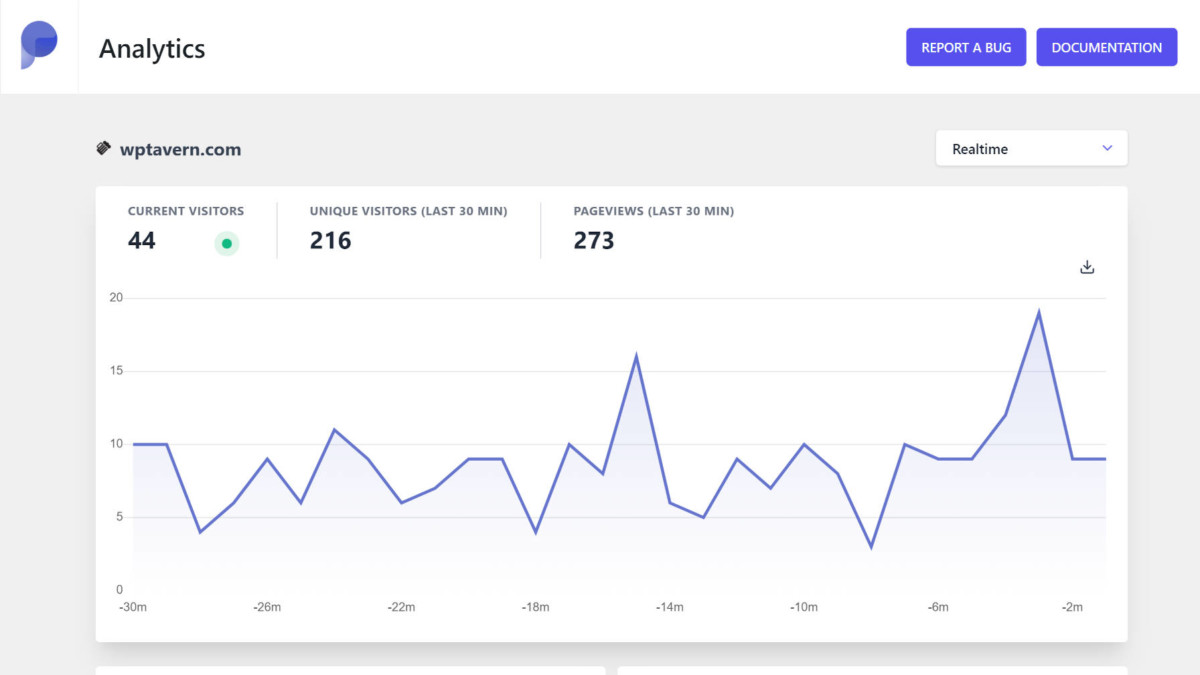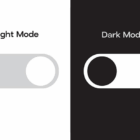Earlier this week, Plausible Analytics released version 1.2 of its WordPress plugin. The update includes a missing feature that should make it more appealing to end-users. The plugin now supports an “embedded mode” that displays a site’s stats directly in the WordPress admin interface.
Without counting the self-hosted users of its open-source project, Plausible Analytics recently surpassed 14,000 users on its hosted service. That is a step forward in its two-year path toward making a dent in the analytics market.
“We’ve taken 1.4 billion pageviews directly from Google Analytics to date,” said Plausible’s co-founder Marko Saric”. We’re about to reach 3,000 paying subscribers by the end of the week.”
It is an exciting moment for the small, EU-based team. However, the work does not stop there. The plugin has gained 500 active installs after its recent launch. It is a small number, but Saric seems happy that the plugin is simply showing up in the directory when people search for “web analytics” at this point, hoping that it will bring more WordPress users around to a privacy-first solution.
It is a slow burn and organic growth. However, WordPress users are stepping up and filing tickets through the plugin’s GitHub repository now. Activity and feedback are the lifeblood of young products, giving developers goals to reach toward.
The latest version of the Plausible Analytics plugin gives users access to their stats dashboard from the WordPress admin. Hooking it up is as simple as generating a shared link via the service’s website.
 Generating a shared link from the Plausible Analytics site.
Generating a shared link from the Plausible Analytics site.
Earlier versions of the plugin did not include this functionality because the team was still building their public API, a necessary feature for sharing the data outside of their system.
The new stats API is not just for the plugin. Developers can build on top of the system, retrieve stats, and present them however they want. Dailytics, a third-party service, already integrates with it and sends out daily analytics emails. The team has detailed documentation on using it.
 Realtime stats embedded into the WordPress admin.
Realtime stats embedded into the WordPress admin.
The latest version of the self-hosted Plausible script is available too. It features all of the same capabilities. However, the WordPress plugin does not yet support embedded mode for analytics just yet.
“The development of the WordPress plugin started before this self-hosted release was completed, so WP dashboard for self-hosters is not part of the 1.2 plugin release, unfortunately,” said Saric. “I’ve now spoken with Mehul Gohil, who is the WordPress developer that has helped us with the plugin, and we will try to do a mini-release of the plugin in the upcoming days to allow the self-hosters to get their stats within the WordPress interface too.”
Version 1.3 and Beyond
Saric said his team already has a roadmap for the next version of the plugin. Several new features should land in version 1.3, such as excluding authors and editors being counted in the stats. This option exists for administrators at the moment.
“The second one is a widget that gives a quick overview of the most import metrics such as unique visitors and pageviews, so you don’t need to go into the analytics section if you don’t want to,” he said.
The team is also looking at out-of-the-box integration with some popular third-party plugins to support event tracking. At the moment, this is primarily a developer-friendly feature because it requires a bit of JavaScript to track signups and conversions. Making it work by default is the goal.
“We’ve already done some work to make it easier, such as the recent introduction of the ability to group pages,” said Saric. “For instance, you can now group WooCommerce checkout pages for your eCommerce, so now we just need to enable that out of the box in the plugin.”
They are shooting for a self-hosted or proxied version of their script from the plugin in the long term. This would allow users to run the script from their domain directly as a first-party connection, providing more accurate data. This is a manual process right now, but the team wants the process to be easy for those users going down the self-hosted path.
“Obviously, in addition to the WordPress-specific improvements, we’re constantly working on improving Plausible Analytics itself,” said Saric. “WordPress users automatically get all of those into their dashboard as we improve and update the main site. No need to wait for WordPress plugin updates for those to make it into the WordPress dashboard. One metric we’re hoping to release over the upcoming weeks is the inclusion of states and city data in addition to the countries that we have now. Many of our users have asked for this, so we’re prioritizing it in our development.”
Like this:
Like Loading…





